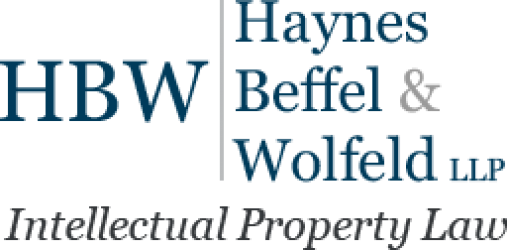Establishing an IP budget for an enterprise is an important task for decision makers to undertake. In the article, “Rethinking the Annual Patent Application Filing Target,” recently published by IPWatchdog (http://www.ipwatchdog.com/2017/04/11/rethinking-the-annual-patent-application-filing-target/id=81911/), Raymond Millien & Stephen Glazier discuss considerations for establishing an IP budget for an enterprise.
Typically, the number of patent applications to be filed in the next year is estimated, and the budget is based on the cost of filing the estimated number of applications.
A common way to establish patent application filing targets is to start with the number of patents filed during the previous year, and adjust that number based on the current health and financial success of the company. The article provides these example adjustments:
Is has been a ______ year financially for the company.
A. Good (add 5%)
B. Great (add 10%)
C. Bad (subtract 5%)
D. Really Bad (subtract 15%)
The benefit of this approach is that it is generates a number, as is often required by a “C-suite executive,” that is grounded based on historical information. However, drawbacks of this approach include the:
· Level of innovation during the previous year might not be a good predictor of the future level of innovation
· Generated number of patent applications will guide employee behavior even though the number is arbitrary and derived without considering business goals.
Employees who are measured based on the target will be rewarded to innovate to the level of the target even when such behavior is not beneficial to the enterprise. Filing fewer patent applications than the targeted number may result in losing a bonus or having the following year’s budget cut. If actual innovation is less than predicted, an employee is likely to submit “junk” invention disclosures. Conversely, if the actual innovation is more than predicted, some important inventions will not be pursued for lack of funding.
The article suggests estimating the patent application filing target more accurately by tying the target estimate to business goals and metrics and provides ideas and examples to use. For example, the amount of the IP budget may be tied to the amount of investment in R&D. Tying the estimated budget to business goals leads to more strategic targeting of patent application filings.
For large enterprises, specific metrics are proposed that include benchmarking IP portfolios against competitors and other companies of similar size and industry. Two specific suggestions include benchmarking the number of PCT applications filed and the number of U.S./European patent application filings per $1M in domestic R&D expenditure. Goals regarding the desired position in the ranking can indicate the number of patent applications needed, and that number can be factored into the target.
Enterprises of any size can consider the percentage of an enterprise’s sales or profits that are actually covered by one or more issued patents and increasing the percentage of coverage using targeted brainstorm or patent harvesting. Similarly, the percentage of new product (or technology) introduction projects that are covered by patent applications or a patent can identify areas where IP investment can be targeted.
In conclusion, we like Millien & Glazier’s framework for establishing budgets. While practices differ greatly among organizations, this approach serves as a reasonable starting point.




